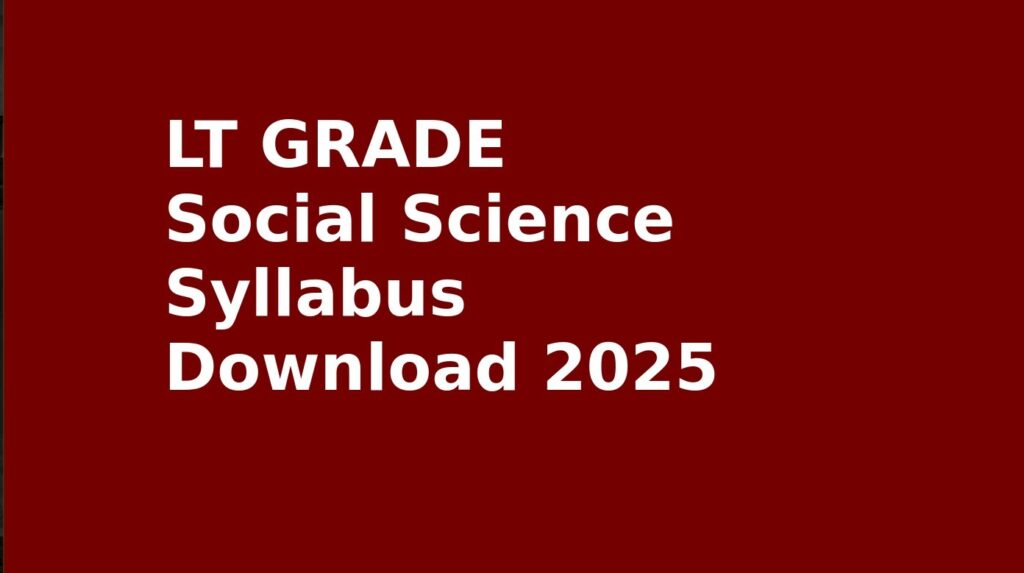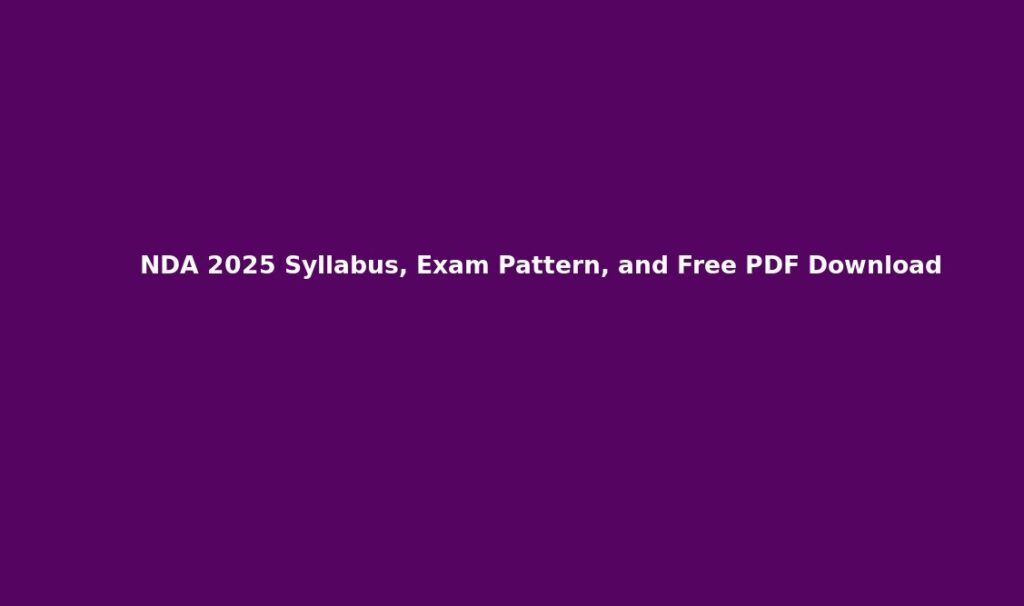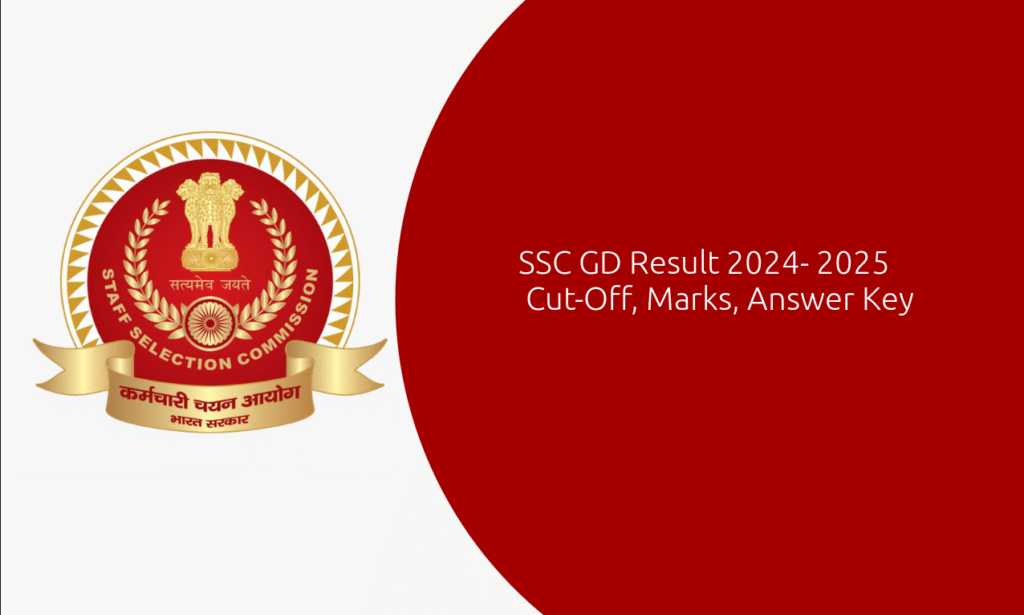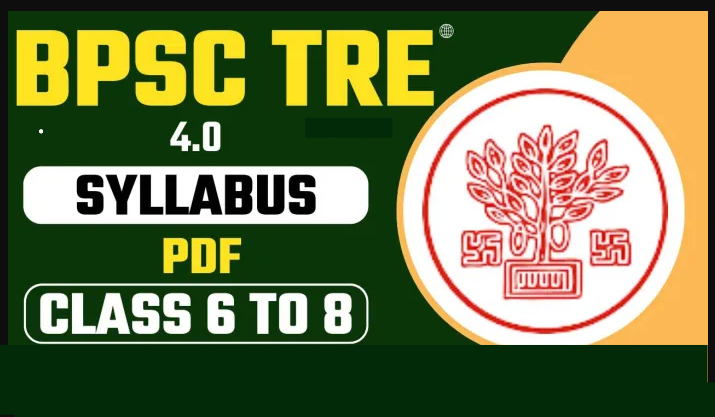The UPPSC PCS Mains Exam 2025 is scheduled to be conducted from June 29 to July 2, 2025. The examination will span across four days, with two shifts each day. The morning shift will run from 9:00 AM to 12:00 PM, while the afternoon shift will be held from 2:30 PM to 5:30 PM. In this article we will read about How to Structure Your UPPCS Mains Answers for Maximum Marks? Proven Answer Writing Tips for UPPCS Mains 2025.
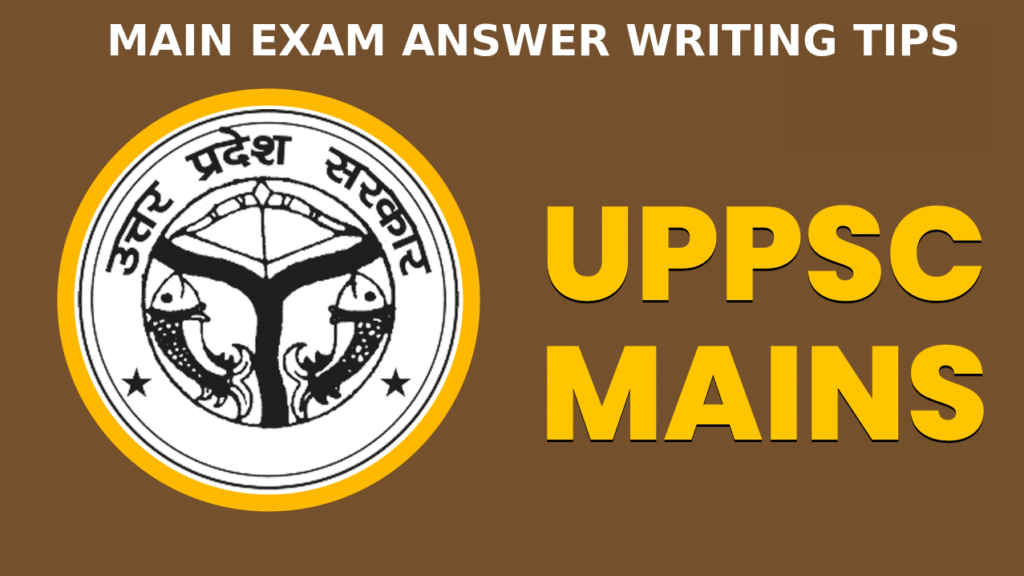
The UPPCS Mains exam is one of the most crucial stages in the Uttar Pradesh Public Service Commission (UPPCS) recruitment process. While Prelims is about eliminating candidates, Mains is about selecting deserving ones — and answer writing becomes the ultimate deciding factor between selection and rejection.
- UPSSSC PET Syllabus 2025 in Hindi – Download PDF
- CDS Eligibility, syllabus Age Limit, Qualification, exam date 2025
- UP Judiciary Syllabus 2025 PDF – UP PCS J Exam Details
- BPSC 71st Prelims 2025 Notification Out for 1250 Posts – Apply Online, Check Eligibility, Syllabus & Important Dates
UPPSC Mains Answer Writing Tips
In this comprehensive guide, we’ll cover how to structure your UPPCS Mains answers for maximum marks — with expert tips, sample frameworks, and common pitfalls to avoid. If you want to get ahead of the competition and make your answers stand out in front of examiners, this blog is for you!
The Art of Answer Writing in UPPCS Mains
In the UPPCS Mains exam, it’s not enough to simply know facts — you must be able to present your knowledge in a structured, relevant, and convincing manner.
The real challenge lies in transforming your preparation into high-scoring answers that reflect both your understanding and analytical skills. Remember: what you present matters more than what you know.
Relevance is Non-Negotiable
Examiners evaluate hundreds of answer sheets every day. They value answers that stay strictly relevant to the question. No matter how brilliant your content is — if it deviates from the core demand of the question, you will lose marks.
Example:
If the question asks about the “Causes of the 1857 Revolt”, your answer should clearly categorize political, economic, and social causes — rather than giving a detailed biography of Rani Lakshmibai.
Tip: Before writing, spend a few seconds understanding what exactly is being asked (Discuss, Evaluate, Explain, Critically Analyze, etc.).
Presentation is a Game-Changer
How your answer looks on paper matters. Examiners love a well-structured, neat, and visually organized answer that is easy to read.
A haphazard answer frustrates evaluators and can result in lower marks even if your content is good.
Tips for Better Presentation:
- Use headings and subheadings
- Include bullet points wherever possible
- Add flowcharts and diagrams
- Underline key phrases and facts
- Maintain neat handwriting and proper spacing
Facts Are Your Armor
Vague and generic statements dilute the impact of your answer. To score higher, your arguments must be backed by specific facts, data, government reports, or real-life examples.
Example:
❌ Weak: “UP has many farmers.”
✅ Strong: “With 15.9 million operational holdings (Agriculture Census 2015-16), Uttar Pradesh accounts for 18% of India’s agricultural workforce.”
See the difference? The second statement reflects depth and credibility — and earns you more marks.
Blueprint to UPPCS Mains Success: How to Structure Your Answer
Here’s the ideal structure you should follow in every answer:
1️⃣ Introduction: Set the Tone (10–15% of the Answer)
Start with a crisp introduction that directly engages with the question. Avoid generic or vague statements.
Example:
Question: “Role of Mahatma Gandhi in the Indian Freedom Struggle.”
❌ Weak Intro: “Gandhi ji was a great leader who fought for freedom.”
✅ Strong Intro: “Mahatma Gandhi’s doctrine of Satyagraha (1920s–1940s) transformed India’s freedom struggle into a mass movement, uniting peasants, elites, and women under non-violent resistance.”
Pro Tip: Start with a fact, quote, or definition to immediately grab the examiner’s attention.
2️⃣ Body: Deliver Depth and Clarity (70–80% of the Answer)
This is the core of your answer. The body should show your understanding, articulation, and command over the topic.
A. For Analytical Questions
Example: “Evaluate land reforms in UP”
Use the PESTEL Framework:
- Political: Reduced zamindari dominance
- Economic: Increased agricultural productivity
- Social: Reduced rural inequality
- Technological: Limited modern methods
- Environmental: Overuse of fertilizers post-Green Revolution
- Legal: Challenges in implementation of Land Ceiling Acts
Pro Tip: Mention official data.
“UP’s Land Ceiling Act (1960) redistributed 8.2 lakh hectares, benefitting 12 lakh SC/ST families (UP Revenue Department, 2020).”
B. For Descriptive Questions
Example: “Explain the causes of the 1857 Revolt”
Use the TEC Framework (Thematic, Examples, Consequences):
- Political Causes: Annexation policies (Doctrine of Lapse — Satara, Jhansi)
- Economic Exploitation: High land revenue (50% tax in Ryotwari areas)
- Social-Religious Grievances: Fear of Christianization (General Services Enlistment Act, 1856)
Pro Tip: Draw a simple map of major revolt centers (Delhi, Lucknow, Kanpur) — helps you earn extra marks.
C. For Current Affairs-Based Questions
Example: “Challenges of urbanization in UP”
Approach: Link with schemes, case studies, and SDGs.
- Water scarcity: Jal Jeevan Mission
- Case Study: Kanpur’s severe air pollution (AQI 400+ in winters) vs. Varanasi’s Smart City progress
- Global Linkage: SDG 11 — Sustainable Cities and Communities
Pro Tip: Use flowcharts to show cause-effect or solutions.
For example:
Rapid Urbanization → Waste Crisis → Swachh Bharat Mission → Decentralized Composting
Use transition words like “Firstly,” “Moreover,” “In conclusion” to guide the flow.
Here are practical and effective tips for UPPSC Mains Answer Writing that can really help you improve your score:
🎯 1. Understand the Demand of the Question (Directive Words)
- Pay close attention to keywords like Discuss, Examine, Critically Analyze, Elucidate, Compare, Evaluate, Explain.
- Your structure and content should match the demand.
📝 2. Structure Your Answer Properly (Intro – Body – Conclusion)
- Introduction: 2-3 lines giving context or definition.
- Body: Main analysis — use subheadings or bullet points if needed.
- Conclusion: Short summary or suggestion, futuristic outlook, policy suggestion.
🧭 3. Maintain Word Limit
- Stick to 200-250 words for 10-mark questions.
- 350-400 words for 15-mark questions.
- Prioritize quality over quantity.
🗂️ 4. Use Headings and Subheadings
- Improves readability.
- Helps the examiner to quickly see important points.
🔍 5. Present Balanced and Multi-dimensional Views
- Cover political, economic, social, cultural, geographical, historical angles (if applicable).
- Address both positives and challenges.
✍️ 6. Use Diagrams, Flowcharts, Maps (wherever possible)
- Makes answers visually appealing.
- Saves words, enhances understanding.
🔑 7. Improve Content with Current Affairs
- Link static topics with dynamic current events, government schemes, reports.
- Shows awareness and depth.
🔄 8. Practice Regularly
- Daily answer writing improves speed and quality.
- Join test series if possible or self-evaluate using previous years’ questions.
🕰️ 9. Manage Time Effectively in Exam
- Don’t overspend time on one answer.
- Attempt all questions — even 4-5 marks in a poor answer is better than 0.
📚 10. Revise and Enrich Notes
- Keep revising important data, examples, reports.
- Maintain a separate notebook for value-added content: facts, stats, quotes.
3️⃣ Conclusion: Leave a Lasting Impression (10–15% of the Answer)
Don’t just summarize — show critical thinking in your conclusion.
Effective Conclusion Styles:
✅ SWOT Analysis
Example: “While Gandhi’s methods ensured mass participation (Strength), their reliance on British morality (Weakness) delayed radical outcomes. Nevertheless, they remain a blueprint for global nonviolent movements (Opportunity).”
✅ Future-Oriented
Example: “To address urbanization, UP must prioritize affordable housing (Mukhyamantri Awas Yojana) and green infrastructure, aligning with its USD 1 trillion economy vision.”
Pro Tip: End with a provocative thought or quote.
Start with: “In conclusion,” or “To ensure sustainable progress…”
Common Pitfalls to Avoid
🚫 Deviating from the core demand of the question
🚫 Overly long introductions
🚫 Lack of structure (no headings/paragraphs)
🚫 Vague, general statements without facts
🚫 Ignoring time management and leaving questions unanswered
Final Takeaway
Answer writing is both an art and a science in UPPCS Mains. It is the single most important skill that determines your final result. With competition rising every year, you must focus not only on gaining knowledge but also on presenting that knowledge in the best possible manner.
Practice writing daily, follow this structured approach, enrich your answers with facts, and ensure your presentation is flawless. Success will follow!
